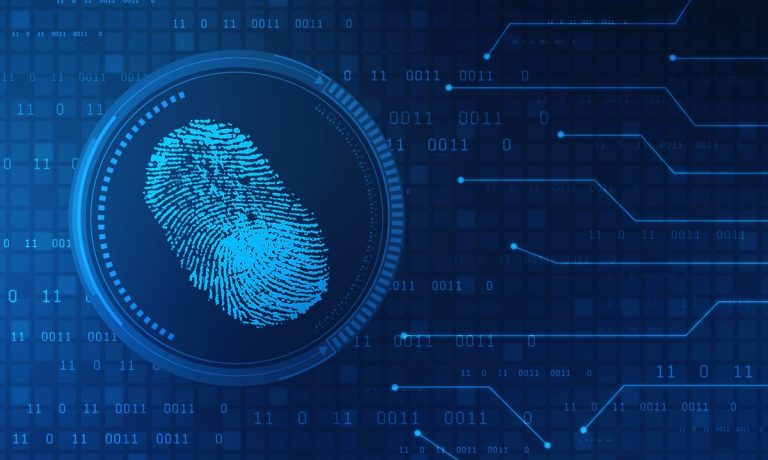
More than one-third of consumers are willing to use biometric methods for authentication purposes, perhaps spelling the beginning of the end for passwords.
Diving deeper into the numbers, almost half of the consumers PYMNTS surveyed said they’re willing to use fingerprint scans in private and public settings and OK with passwords being put into the past.
Forty-nine percent of consumers say they are “slightly” or “not at all” reluctant to use fingerprint scans in private settings, while 47% say the same about using them in public, according to the February 2022 edition of The Future Of Authentication In Financial Services, a PYMNTS and Entersekt collaboration.
A significant share of the consumers we heard from are comfortable using facial scans and voice scans, with a slight preference to use them in private settings. Forty-four percent of consumers are “slightly” or “not at all” reluctant to use facial scans in private and 41% report feeling the same about using them in public.
Nearly half (43%) of consumers are “slightly” or “not at all” reluctant to use voice scans in private settings, while 37% say the same about using them in public.
In the February 2022 edition of our The Future of Authentication In Financial Services series, dubbed Using Authentication To Build Trust, we examine consumers’ preferences for different authentication methods when accessing financial services providers based on a survey of 2,719 consumers from Sept. 10 through Sept. 27, 2021.
Our research shows that login IDs and passwords “are increasingly giving way to other forms of authentication across all common digital banking platform access points, including desktop- and mobile-based browsers and mobile apps.”
The majority of consumers are comfortable logging into their accounts with alternative methods, including biometric ones such as fingerprints, facial scans and voice scans, according to our data, with consumers who use multiple environments to access their accounts most likely to be willing to use biometric authentication.
Of this group, 36% use fingerprint scans, 28% use facial scans and 18% use voice scans at least monthly, according to the research.
Meanwhile, 60% of consumers say that having information about how their transactions are secured has a “very” or “extremely” big impact on their trust in financial services providers and 44% of consumers say that the ability to log in without passwords is “very” or “extremely” impactful on their trust and 32% report that this has a “moderate” impact.
In an era where hacks are becoming ever more prevalent, consumers are looking for ways to ensure their information is protected to the greatest degree possible. We found that 61% percent of consumers are willing to log in to their accounts with alternative authentication methods, and 60% of those who use mobile apps and mobile- and desktop-based browsers say they would be “very” comfortable logging in using methods other than login IDs and passwords.
Nearly half of these users told PYMNTS that they believe passwords will eventually be phased out as an authentication method.